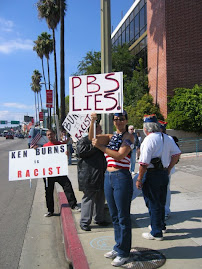
I grew up with the daily question, ¿Quieres un taco? (sentinels of the Spanish language, and of English for that matter, cut this pocho a little slack with the grammar and spelling as this is not my day job). Being a husky Chicano kid of the seventies, I cannot recall ever refusing this offer of mom, grandma, my tias, and the mothers of my pocho pals. But what warmed my hands between meals was what is now more popularly known as the burrito. But we (my family and generational friends) did not call them burritos. If my family was to eat tacos of the folded, fried—often flour—tortilla variety we knew the difference by when it was to be served. For example, when I asked mom, “What are we having for dinner?” And she replied, “Vamos a comer tacos.” I knew the difference. Hard-shell tacos were an occasion due to the fact that they were more labor intensive to make. Mom cooked hamburger meat, chopped lettuce, onions, and tomatoes, graded cheese and fried the folded over flour tortillas stuffed with meat. Everyday tacos consisted of a comal-heated tortilla clefed at each end, filled with beans and, for me, some jocoque.
Everyday tacos were also much easier to eat. The taco treat needed to be held with two hands and still crumbled onto your plate where the everyday taco could be put together dos por tres and eaten with one hand on your way out the door to school—walking or driving. A daily routine made much more cumbersome, if not dangerous, with the hard shell version.
In discussing the regional, hybrid, and transformational nature of culture in Southern California with students, I occasionally highlight this taco topic. I mention how field laborers warmed their tacos over a fire during breaks and how construction workers placed them in the hood of their cars wrapped in tinfoil to be kept warm by the engine. I have read Cesar Chavez mentioning similar examples to back me up on this and he, too, calling burritos, tacos. This would be totally impractical with a hard shell taco.
Despite this refutation to the burrito title of the taco, I have come to accept the demise of its double meaning. Not doing so would only make my life more complicated than it already is. I can only cherish the boyhood memory of the ever welcomed, and never ever refused, invitation, “¿Quieres un taco?”
Everyday tacos were also much easier to eat. The taco treat needed to be held with two hands and still crumbled onto your plate where the everyday taco could be put together dos por tres and eaten with one hand on your way out the door to school—walking or driving. A daily routine made much more cumbersome, if not dangerous, with the hard shell version.
In discussing the regional, hybrid, and transformational nature of culture in Southern California with students, I occasionally highlight this taco topic. I mention how field laborers warmed their tacos over a fire during breaks and how construction workers placed them in the hood of their cars wrapped in tinfoil to be kept warm by the engine. I have read Cesar Chavez mentioning similar examples to back me up on this and he, too, calling burritos, tacos. This would be totally impractical with a hard shell taco.
Despite this refutation to the burrito title of the taco, I have come to accept the demise of its double meaning. Not doing so would only make my life more complicated than it already is. I can only cherish the boyhood memory of the ever welcomed, and never ever refused, invitation, “¿Quieres un taco?”
fpb


No comments:
Post a Comment